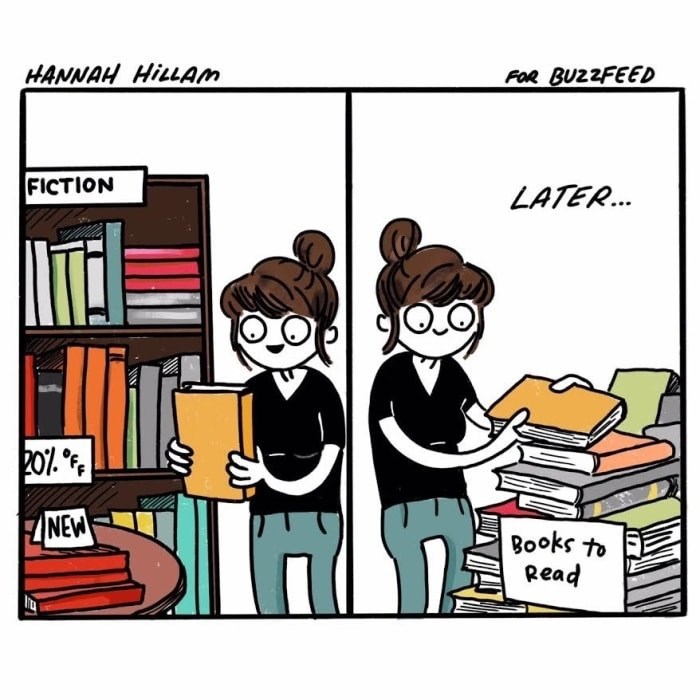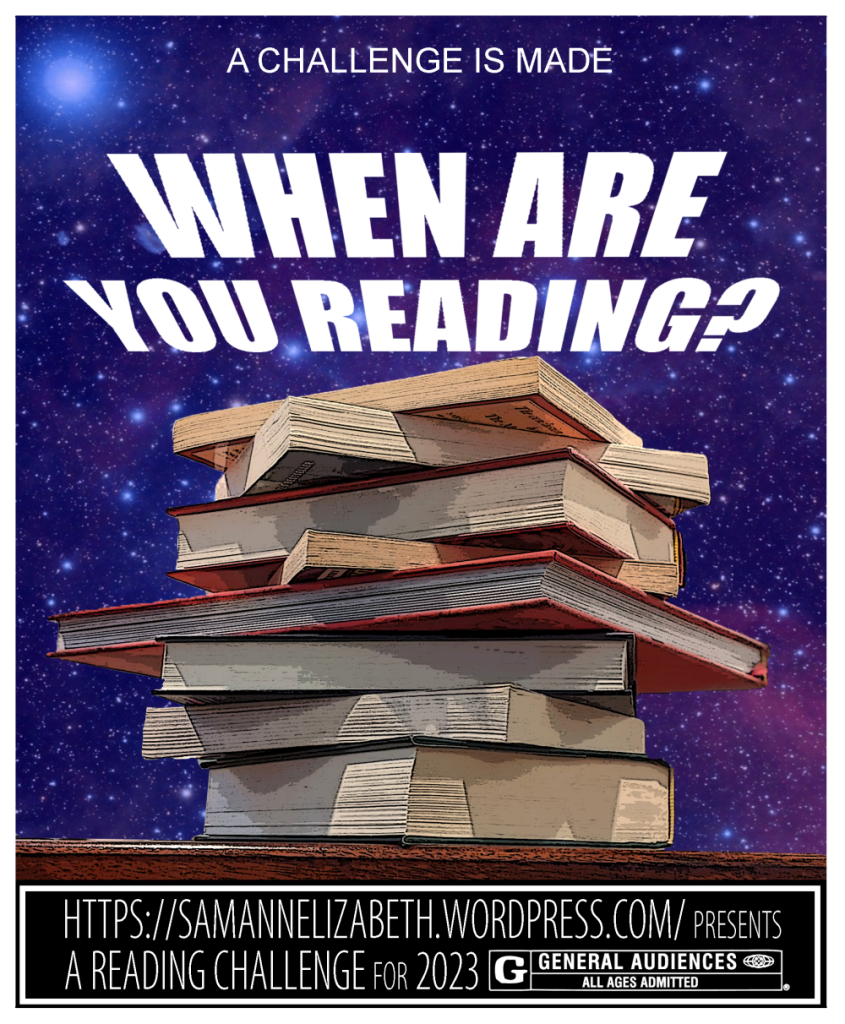
Oh, what a time it’s been!
I really enjoyed traveling through the different eras in the When Are You Reading? Challenge hosted by Sam at Taking on a World of Words.
The challenge required one to read a different book for each of 12 time periods as listed below.
Here’s what I read for each one. If you’re interested, here’s what I planned to read for each period throughout the year.
Pre 1200: The Persian Boy by Mary Renault
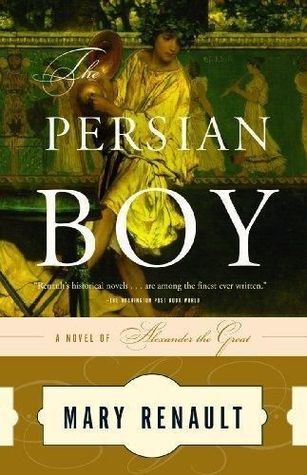
This looong book kept me busy for almost half of February. It’s the story of a boy-turned-eunuch in ancient Persia. I don’t want to give too much away, but significant plot points include protagonist Bagoas, um, “servicing” the needs of the Persian king Darius and then, when Alexander the Great rolls into town and conquers everything, Bagoas serves and falls in love with Alexander.
It’s a great reimagination of these historical events. Most of them are true and the character of Bagaos is real. He is sympathetic from the beginning and I loved following his life, and Alexander’s, throughout the book.
1300-1499: Katherine by Anya Seton
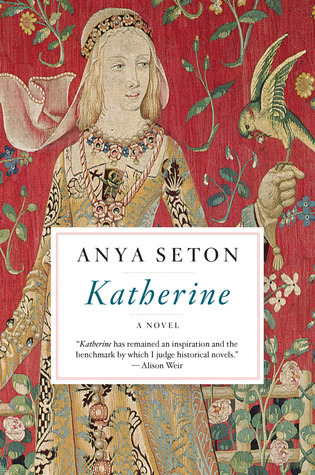
Katherine by Anya Seton, one of my favorite historical fiction writers (sadly, now deceased), is about Lady Katherine Swynford, who lived 1349-1403.
This is the epic tale of her life, which begins with her leaving the convent where she was raised to go to the English royal court.
Katherine marries a night, Hugh Swynford, bears children, suffers many trials as Lady Swynford and then, when Hugh dies of supposed dysentery after fighting in Spain, Katherine begins her romantic attachment to the Duke of Lancaster.
The story is a romanticized version of her life, of course, and it is quite romantic as she falls in love with the duke.
It’s also an incredibly well-drawn-out look into the distant past, where laws of chivalry, feudalism, and Catholicism ruled people’s lives. I enjoyed it thoroughly.
1500-1699: The Mercies by Kiran Milwood Hargrave
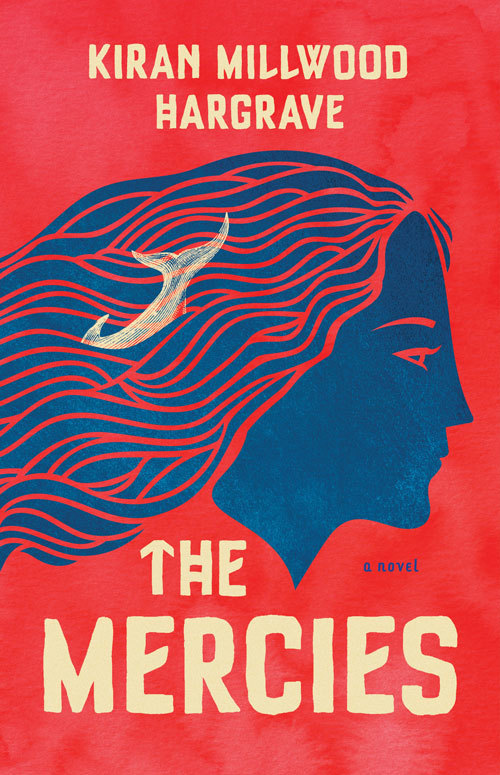
A witch hunt in the 17th-century Norway town of Vardø. This is an excellent novel that largely tells the story of two Norwegian women. One, Maren, was witness to a storm over the sea that claimed the lives of over 40 men from her village, leaving the women of Vardø to fend for themselves.
And fend they would as a new Commissioner has been appointed to their village. The second woman, Ursa (short for Ursula) of the major city Bergen, is newly married to that Commissioner, who turns out to be a witch-hunter of the most violent order.
While the characters in the book are fictional, the storm and witch-hunting in this area of Norway are real. Both actually happened during this time period.
I found the story truly engrossing, the suspense building to a terrible and exciting climax and ending. I don’t feel my description has done it nearly enough justice. Highly recommend this book.
1700-1799: The House of Fortune by Jessie Burton
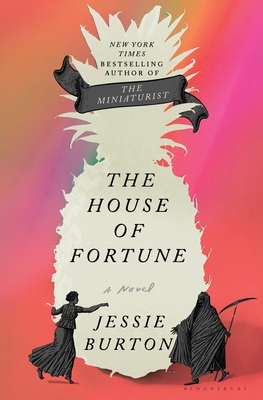
Ok, I didn’t fully read the cover before I started this book.
So I had no idea it was a sequel to famed novel The Miniaturist until the main character started receiving miniatures on her doorstep…I was reading along like, “Gee, this sounds a lot like The Miniaturist…Wait, is this just a rip-off of The Miniaturist?”
No, smarty, it says right on the cover that it’s the literal sequel to The Miniaturist.
Whoops. I didn’t actually read The Miniaturist, but I did see the movie adaptation, so I could follow along with this sequel just fine.
Unfortunately, this book did what a lot of sequels do—it followed less interesting characters, lagged horribly in pace, and was all around just kind of slow and predictable.
Despite that scathing take, though, I finished it. I had to find out if the main character, the young Dutch-African woman Thea Brandt, got to marry who she wanted in the end. And I did. Meh.
1800-1899: A Dangerous Business by Jane Smiley
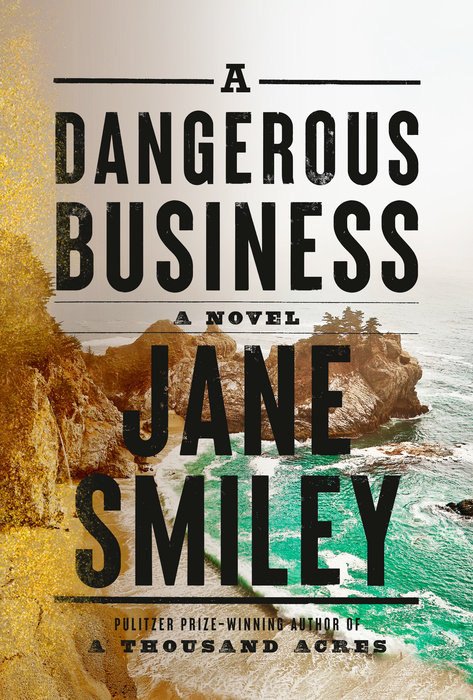
This was a very enjoyable read. It’s the story of a woman, Eliza, whose new husband takes her from her parents’ home in Kalamazoo, Michigan to live in Monterey, California during the 1850s gold rush.
Right at the start, we find out her husband has been shot dead in a saloon in Monterey and Eliza then takes on the world’s oldest profession to support herself.
She and a new friend, Jean, who is a lesbian and also a prostitute in Monterey, stumble into a murder mystery after women begin to disappear from the town.
I found the setting fun and the story fascinating as Eliza details the characters she meets in her profession.
The issues of the day (gold rush, the possibility of a cross-country railroad, slavery and an impending civil war, religion) are touched on with caution and reverence, but they are not the focus of the story.
1900-1919: A Fall of Marigolds by Susan Meissner
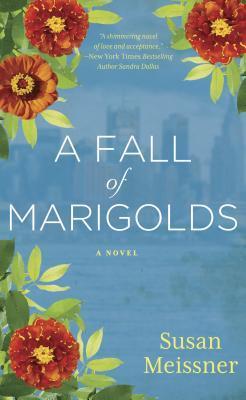
Meissner’s books are what I like to call “historical fiction lite.” I pick them up for the same reasons one might pick up a thriller—because I’m looking for a good atmosphere and a plot that moves along at a good clip.
A Fall of Marigolds delivered both decently. The story of two women in different time periods, the book centers on Clara Wood, a nurse on Ellis Island in 1911 and Taryn Michaels, a woman widowed on 9-11.
As per usual, Meissner excels at the atmosphere in the historical parts of the book and that’s what I’m in it for. I could take or leave the 9-11 story line, but it did, as one would imagine, add drama.
1920-1939: Jazz by Toni Morrison
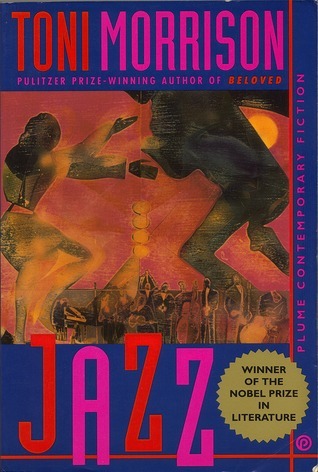
I love Toni Morrison. She is a master of imagery. Each sentence has to be unpacked, dissected, and metabolized before you can know its meaning.
I listened to the audiobook of this classic, read by Morrison herself, and it was a whole experience. Her reading voice is incredible. I’m so glad I finally read it.
1940-1959: Lavender House by Lev AC Rosen
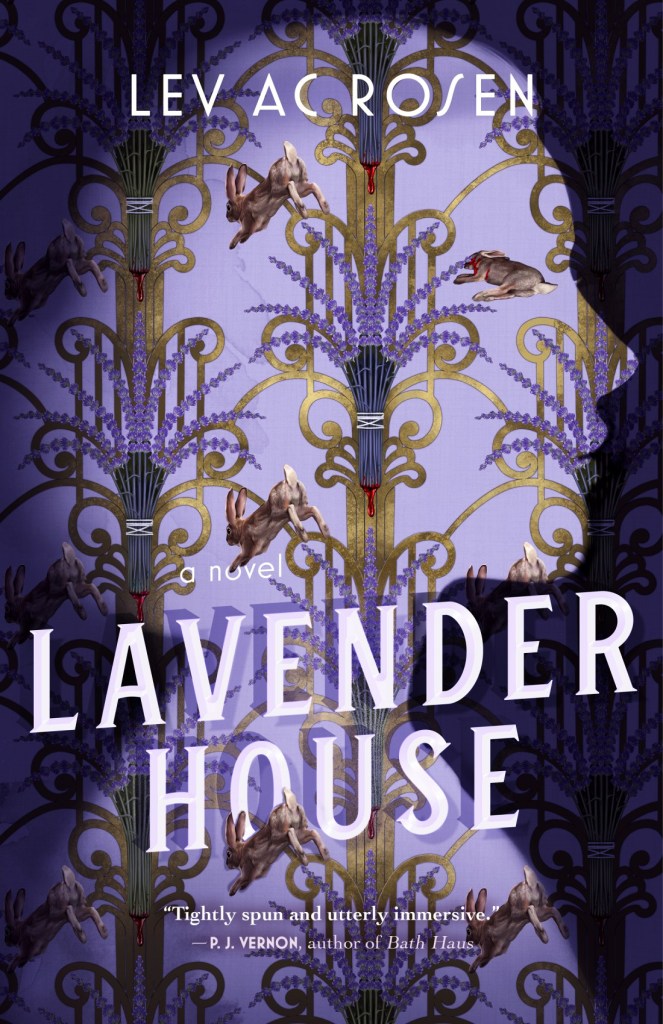
I read this baby in two sessions. It’s a queer murder mystery set in 1952.
Former police inspector Evander Mills has just been outed and fired from his job. He’s planning to hurl himself off of the Golden Gate Bridge and stops for a last drink first. That’s when Pearl Velez finds him in a local bar and hires him to investigate the potential murder of her dead wife, Irene Lamontaine, head of the Lamontaine soap empire.
I was drawn in from the beginning. The mystery is interesting, but it’s mostly about the characters and atmosphere for me. Pearl and Irene live/lived in a secluded mansion with a cast of characters.
The only member of the household who isn’t queer is the mother of one of the characters. Even the staff are gay/bisexual. The house has been a haven for all of the characters, though, of course, there’s been a potential murder, so all is not well among them.
I won’t ruin the story with any spoilers, but will say I highly recommend this one.
1960-1979: The Stepford Wives by Ira Levin
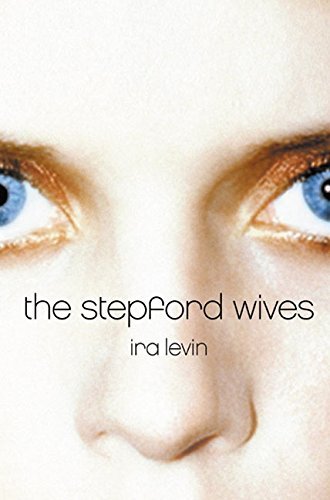
The Stepford Wives, published and set in 1972, was a fun romp. It’s the second of Ira Levin’s books that I have read and loved—the first being Rosemary’s Baby. He’s so good at building suspense.
This is the story of a woman, Joanna, her husband Walter, and her two children, who move to the town of Stepford for Walter’s job.
Walter immediately joins the Men’s Association and Joanna tries to drum up some friendships of her own but only has success with one other woman in the town. The reason is that all of the Stepford wives look and act the same—like subservient “hausfraus,” as Joanna calls them.
She and her one friend, Bobbie, slowly come to realize that something isn’t quite right with the wives and Joanna thinks the men of Stepford might be responsible.
The build of suspense is a slow, fun burn and the ending is, well, I won’t spoil it for you. But it’s good.
1980-1999: Malibu Rising by Taylor Jenkins Reid

It’s August 1983 and famed model-surfer Nina Riva is about to throw the party of a lifetime. The story of this particular end of summer party spans an entire day, but dips out regularly for flashbacks to Nina’s past and her family’s past. So in the end, we can all see how the story ended up here, at the party happening tonight.
This is a fantastic novel. I loved the breezy and bright Malibu setting—just the sunshine I needed in January—and the historical settings as the story flashes from the 80s back to the 1950s, when Nina’s parents first meet.
This book is essentially the story of a family, Nina and her three siblings and their parents. It’s intense despite the sunny setting and covers a gamut of themes, including familial relationships, parenthood, alcoholism, fame, friendship, loss, and betrayal. There’s some good atmospheric surfing too. I loved it.
Also, I highly recommend the audiobook. Narrator Julia Whelan reads it and she’s one of my favorites.
2000-Present

I was worried that this book was going to be “cute,” but it definitely wasn’t. In fact, it had definite thriller vibes. It is about a woman who is unhappily married to a controlling man who doesn’t see her for who she truly is—and who doesn’t allow her to be herself at all, really.
Victoria, an avid bookworm, regularly visits her favorite café to read and ends up falling in love with a man she meets there.
There is intrigue as she begins a relationship with the new man and also begins to defy her controlling husband. I found the plot surprisingly suspenseful.
The Future: Station Eleven by Emily St. John Mandel
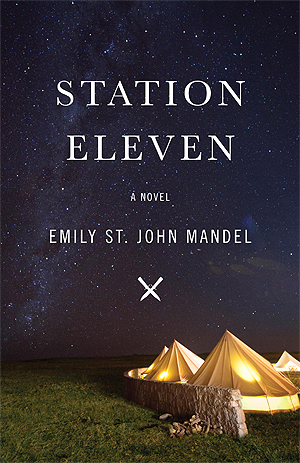
I’m a late-comer to this book. It got a ton of hype when it came out and for good reason. It’s very accessible speculative fiction.
The story is about what happens to the characters in the aftermath of—this will sound familiar—a global pandemic.
Unlike covid, this pandemic (also a flu, which I found eery and relatable), wipes out most of the world’s population. Within a matter of days, death abounds and human life on earth changes drastically as infrastructure and society as we know it collapse.
This one was an emotional roller coaster and I definitely cried at the end.
Kudos if you made it all the way to the end of that! It’s been a fun year of reading historical fiction and if there’s another challenge next year, I plan to do it again for sure.
Happy reading!
